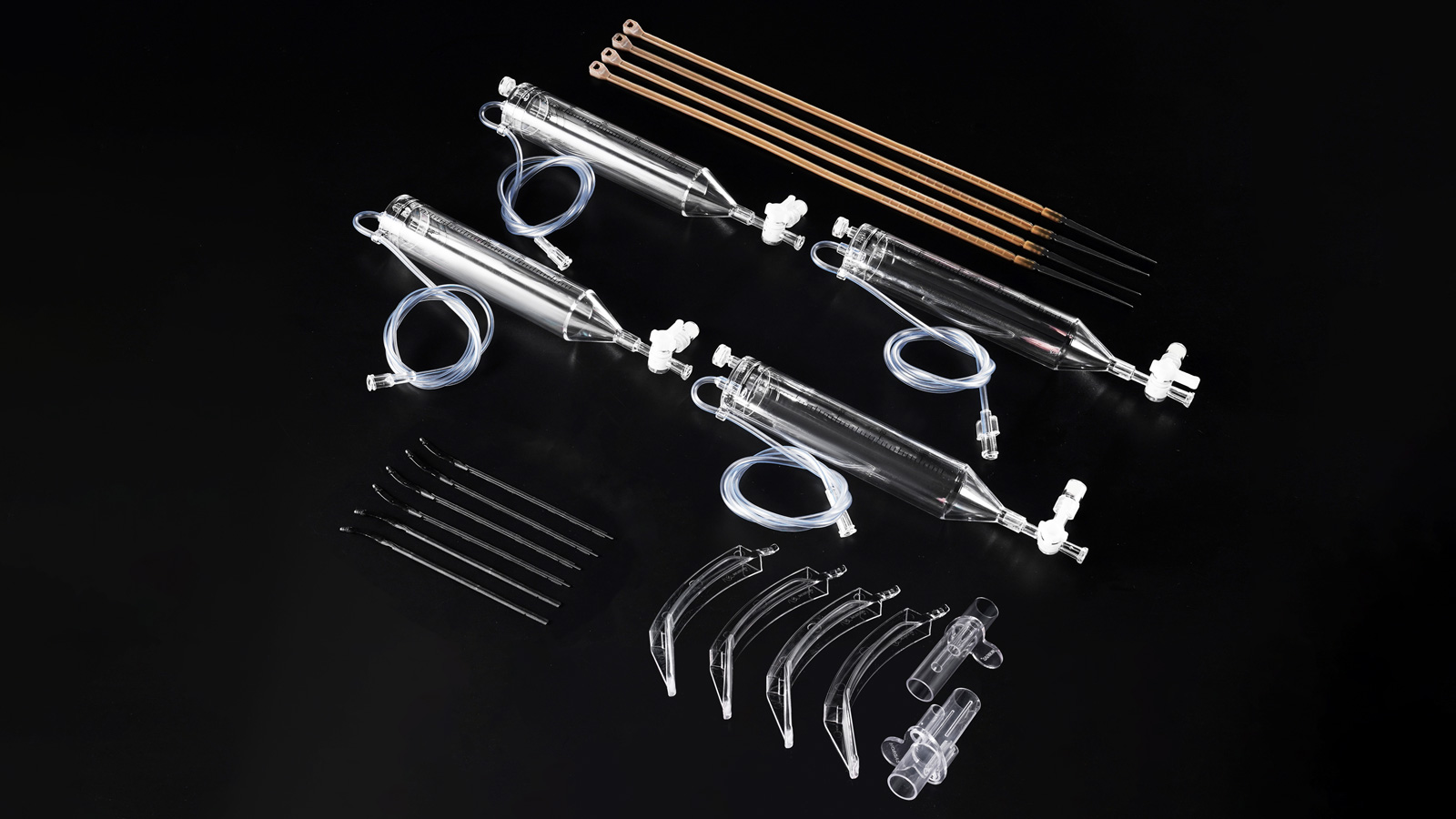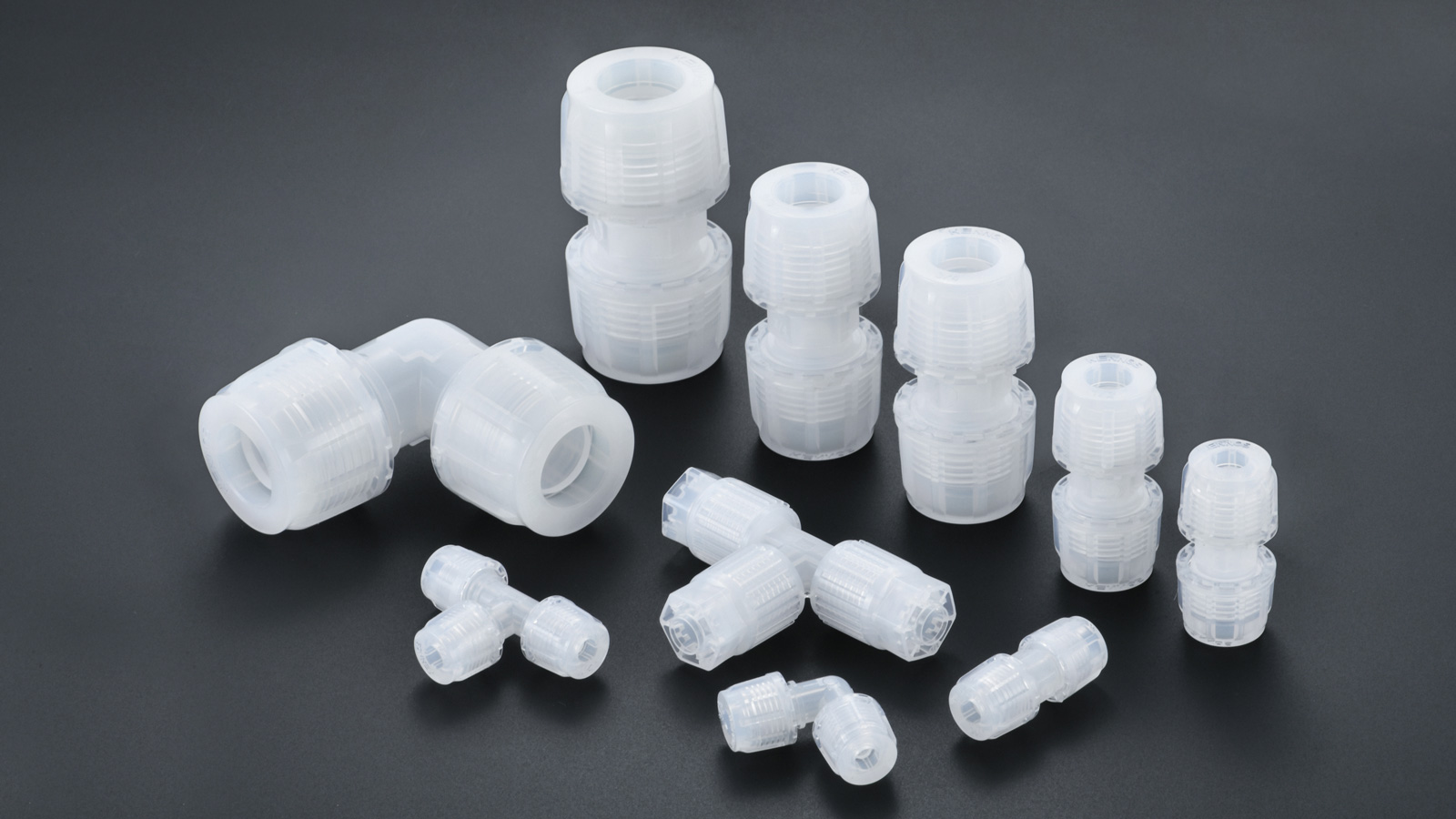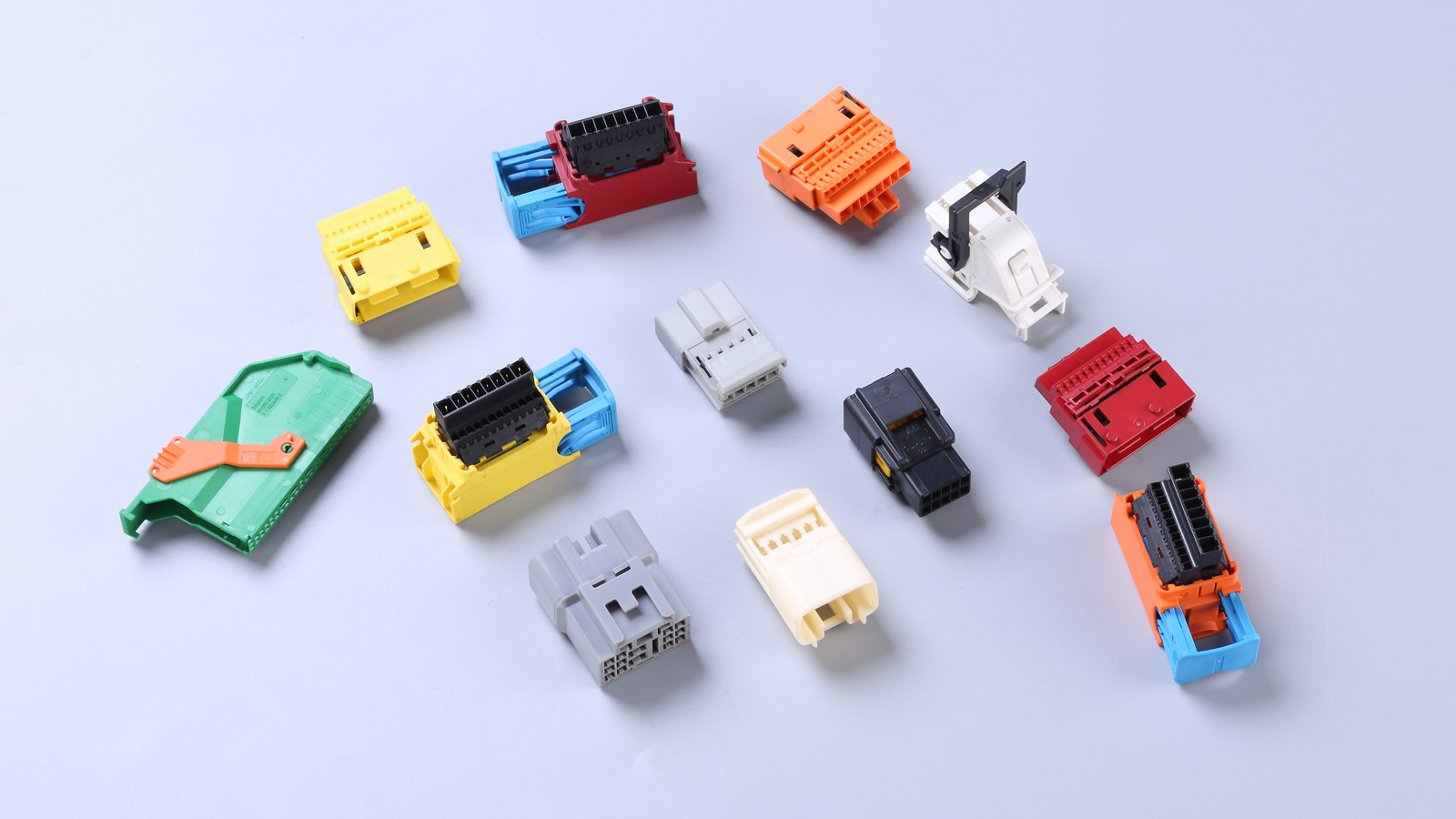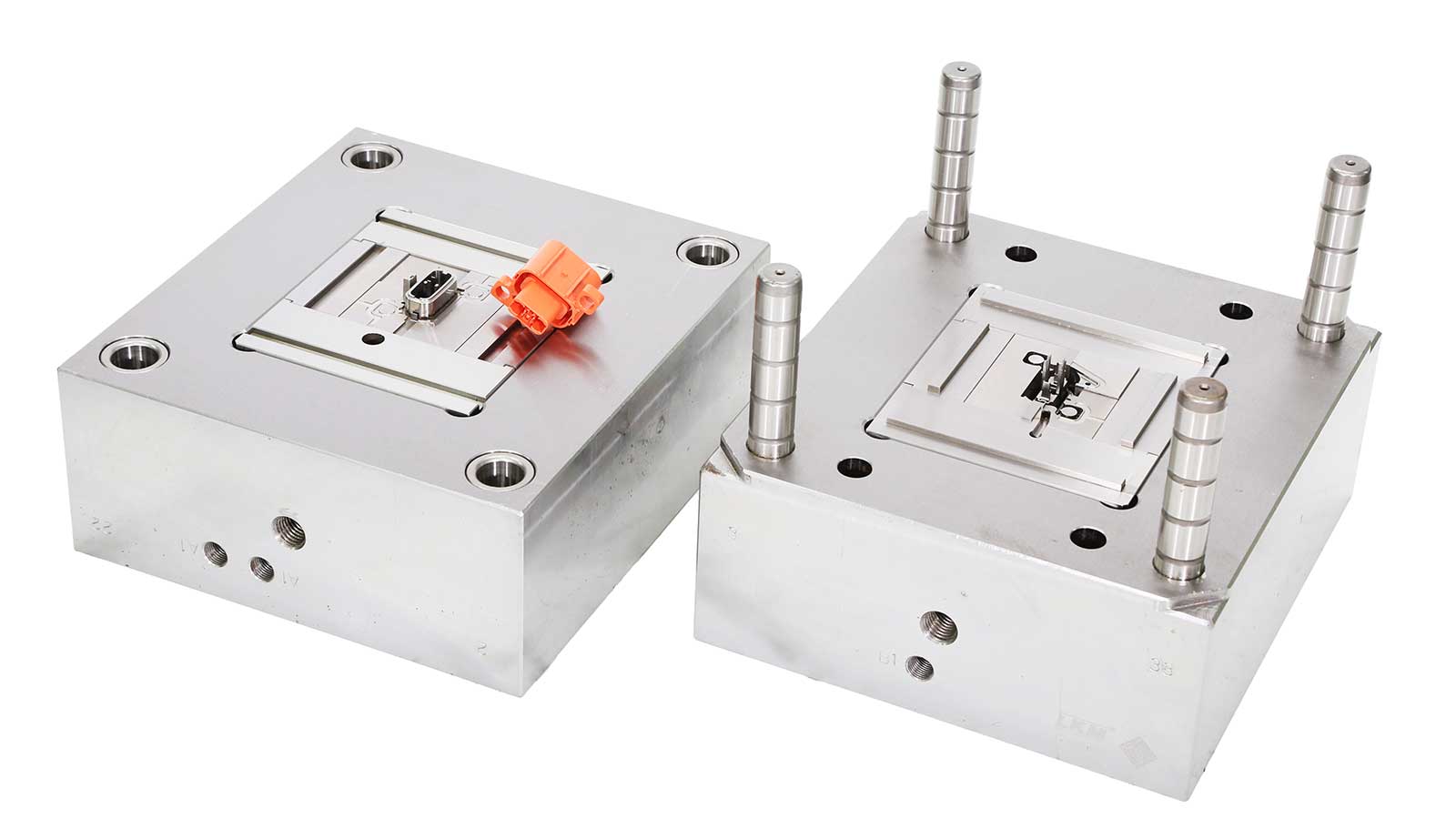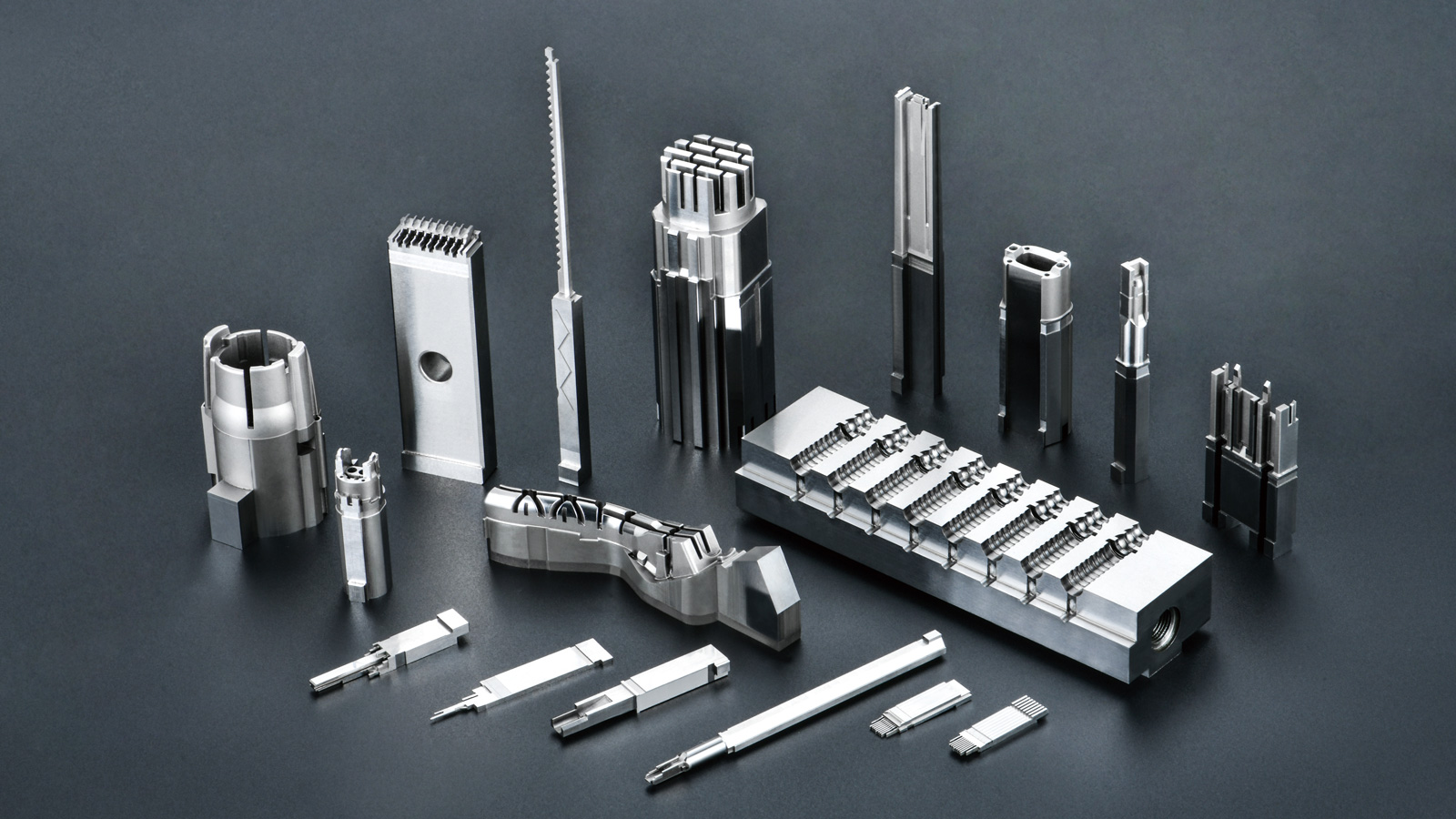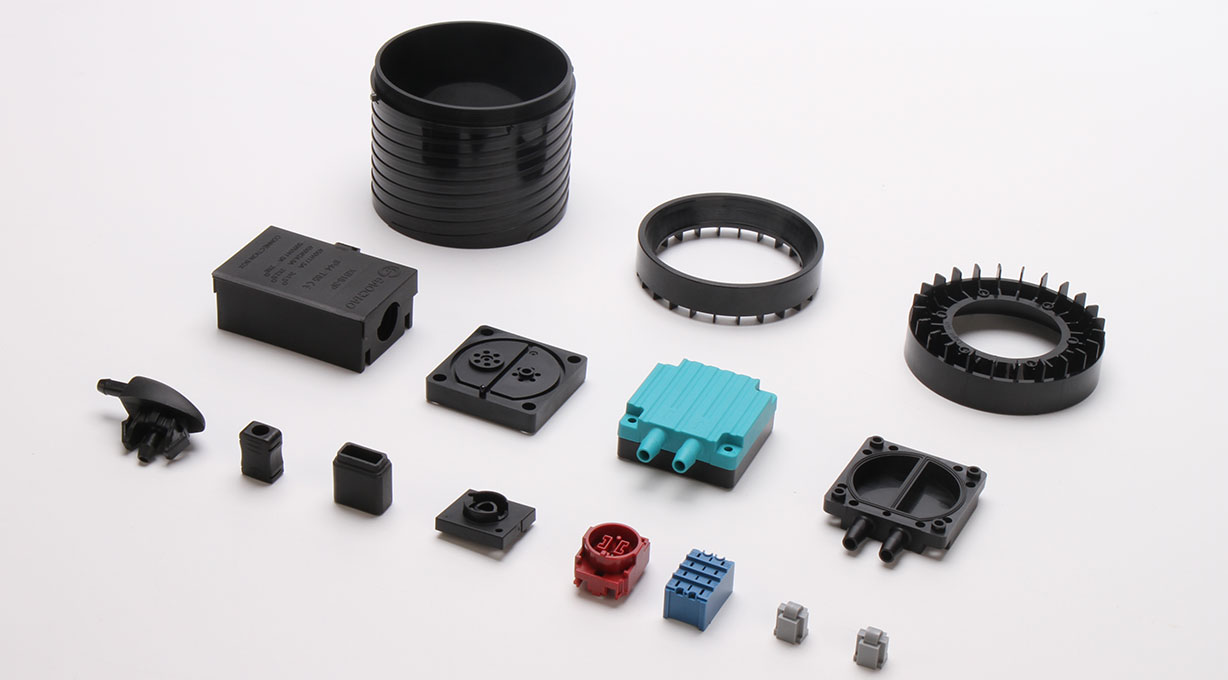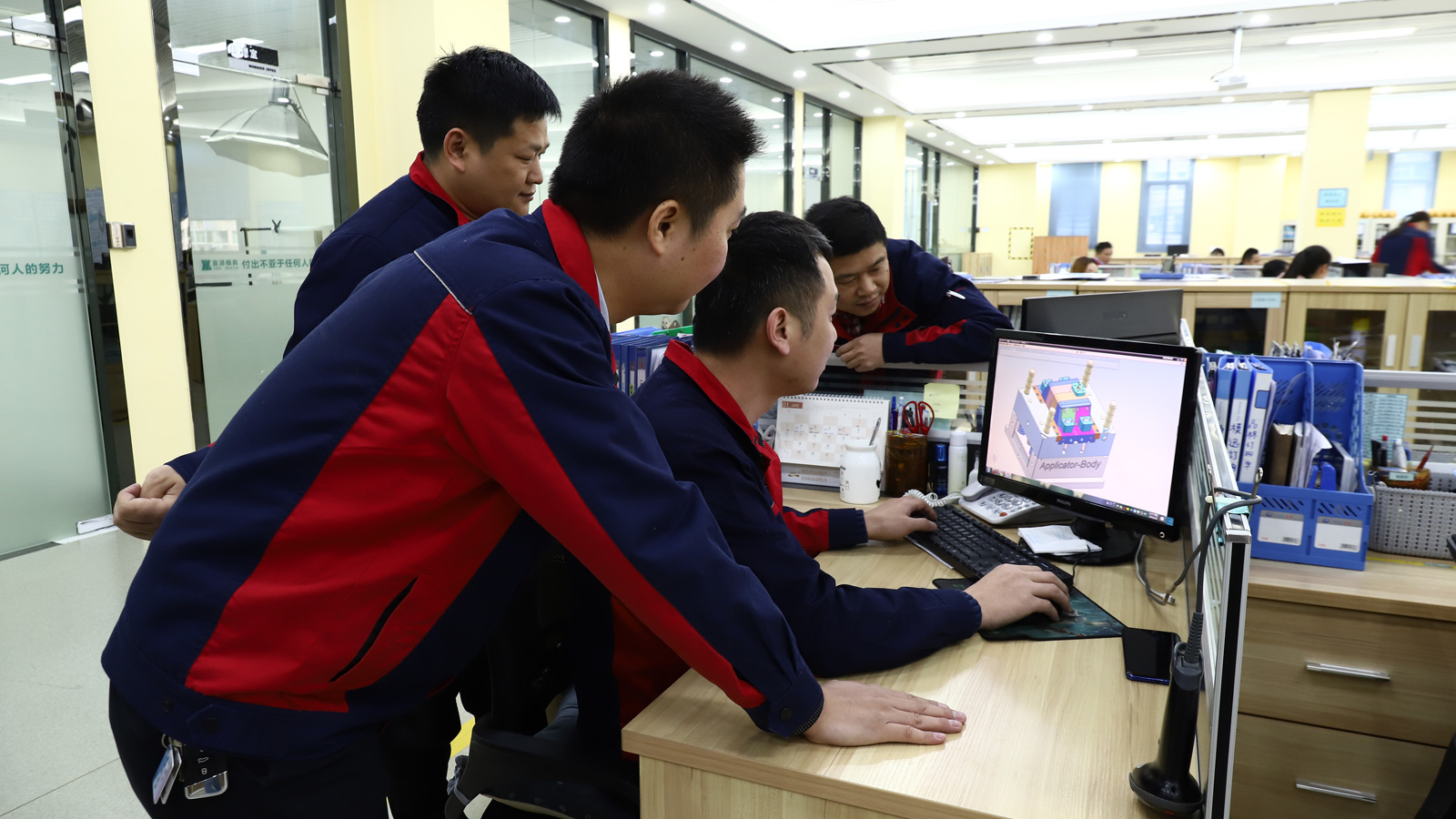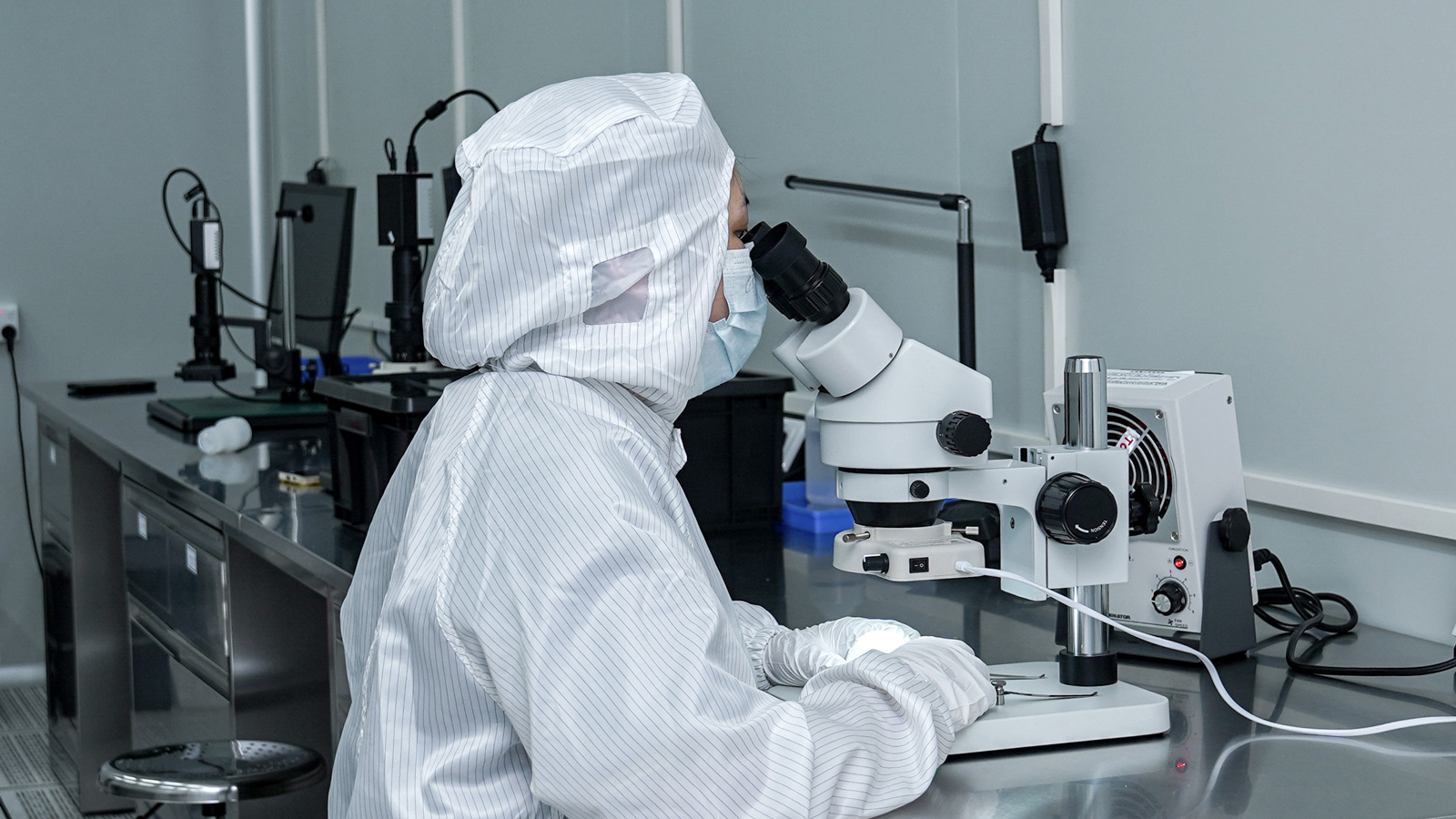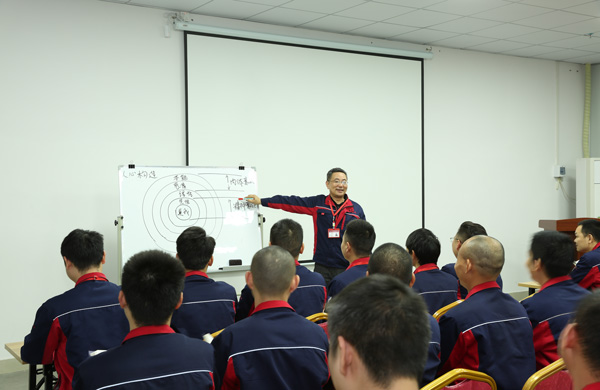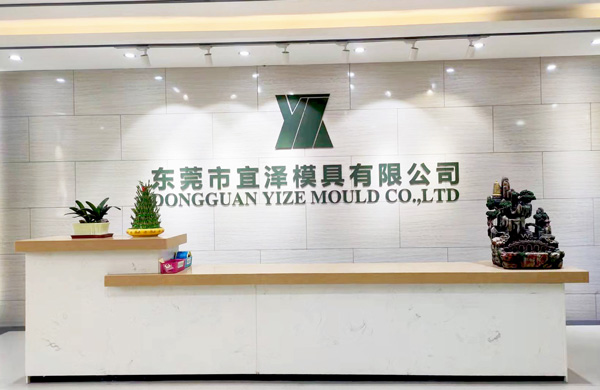In the design and application of injection molds, the selection of runner type is of crucial importance, and temperature requirements are a key factor influencing this selection. Runners serve as the channels through which plastic melts travel from the nozzle of the injection molding machine into the mold cavities. There are various types of runners, each with distinct characteristics in terms of temperature control, cost, efficiency, and product quality. Below, we will classify and elaborate on the runner types of injection molds based on temperature control.
Standard Runner System
The standard runner system is a relatively basic type in injection molds. It is directly machined into the mold plate and is also known as the runner plate. This type of runner system has a relatively simple structure, and its temperature control requirements are not overly complex. Since there are no additional heating or cooling devices to precisely regulate the temperature of the plastic melt within the runner, its temperature is mainly influenced by the overall mold temperature and the heat of the plastic melt itself during the injection molding process. As the plastic melt flows through the standard runner system into the cavities, its temperature gradually decreases, which may result in the filling effect of the cavities near the end of the runner being inferior to those near the starting point of the runner. However, for situations where the temperature requirements are not particularly stringent, the product structure is relatively simple, and the injection material has good adaptability, the standard runner system is still a viable option due to its low cost and simple, easy-to-machine structure.
Cold Runner System
The gating system of the cold runner system has certain functional similarities with that of the hot runner system, but it has unique application scenarios, mainly suitable for injection molding of rubber, thermosetting plastics, and other plastic materials.
However, the cold runner system faces some difficulties in practical applications. Firstly, it has high pressure consumption. Since the cold runner system does not heat or insulate the plastic melt within the runner, the melt’s temperature drops rapidly during flow, increasing its viscosity. To ensure that the melt can smoothly fill the cavities, a higher injection pressure is required, which undoubtedly increases the energy consumption of the equipment and the design cost of the mold. Secondly, for reactive materials such as rubber and thermosetting plastics, different temperatures lead to different viscosities of the materials. This results in varying filling times for each cavity during the injection molding process. If the temperature control is improper, some cavities may be underfilled, while others may be overfilled, seriously affecting the quality consistency of the products. Therefore, when using the cold runner system, precise control of the mold temperature and injection process parameters is necessary to ensure that each cavity can be properly filled.
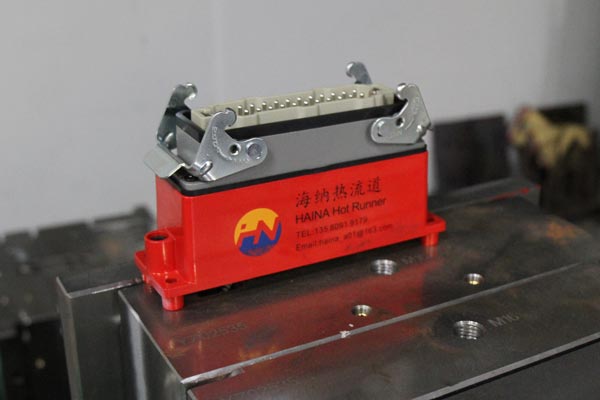
Hot Runner System
The hot runner system mainly consists of gates, runners, and extended nozzles. It offers numerous significant advantages from the perspective of temperature control.
In terms of temperature control, the hot runner system can precisely heat and insulate the plastic melt within the runner, keeping it within an appropriate injection molding temperature range. This gives the hot runner system the following outstanding advantages: Firstly, it can completely eliminate runner waste. In traditional cold runner systems, the plastic within the runners becomes waste after each injection molding cycle and requires subsequent cleaning and disposal. The hot runner system, by continuously heating to maintain the melt state, achieves waste-free production and improves the utilization rate of raw materials. Secondly, the hot runner system does not lose melt, reducing energy and labor input. Since the melt remains in a flowing state, there is no need to reheat the plastic within the runners before each injection, as is required in cold runner systems, thus lowering energy consumption. At the same time, it also reduces the workload associated with cleaning runner waste, improving production efficiency. Thirdly, the hot runner system facilitates fully automatic operation. Stable temperature control makes the injection molding process more stable and reliable, reducing the need for human intervention and providing favorable conditions for fully automatic production. Fourthly, products produced using the hot runner system have high quality. Since the melt can enter the cavities at the optimal position with uniform temperature, it ensures the molding quality of all parts of the products, reducing defects caused by temperature differences, such as shrinkage and bubbles.
However, the hot runner system also has a significant drawback, which is its higher cost compared to the cold runner system. The hot runner system requires specialized heating devices, temperature control systems, and high-quality nozzles, among other components. The high cost of these components leads to relatively high purchase and maintenance costs for the entire hot runner system.
According to different heating methods, the hot runner system can be divided into three types: insulated hot runner, internally heated hot runner system, and externally heated hot runner system. The insulated hot runner mainly uses high-quality insulation materials to reduce heat loss within the runner and maintain the melt temperature. The internally heated hot runner system installs heating elements inside the runner to directly heat the melt. The externally heated hot runner system sets up heating devices outside the runner and heats the melt within the runner through heat conduction. Different types of hot runner systems have their own characteristics in terms of temperature control accuracy, heating efficiency, and cost. In practical applications, a reasonable choice needs to be made based on specific factors such as the injection molding material, product requirements, and production scale.
In conclusion, the selection of runner types for injection molds requires full consideration of the key factor of temperature requirements. The standard runner system is suitable for simple products with low temperature requirements. The cold runner system has certain advantages in handling materials such as rubber and thermosetting plastics but faces temperature control challenges. The hot runner system, although costly, excels in temperature control, production efficiency, and product quality. In actual production, the most suitable runner type should be selected based on a comprehensive consideration of various factors to achieve efficient and high-quality injection molding production.
